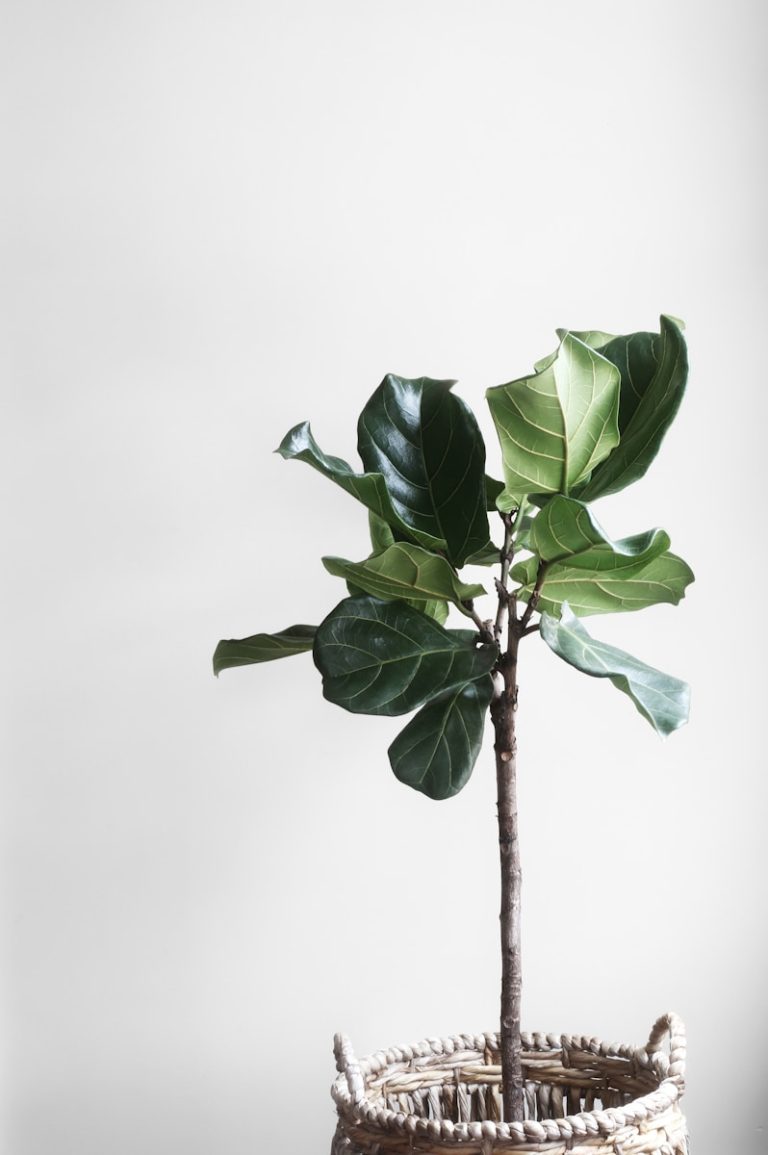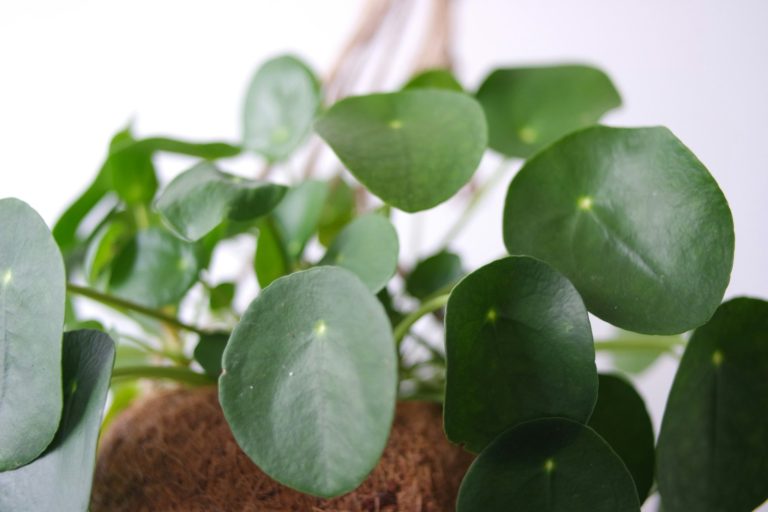How Much Light Does a Monstera Plant Need?
Understanding the specific light needs of your monstera is essential for successful plant care. These tropical beauties, also known as the swiss cheese plant, thrive indoors when provided with the correct light conditions. This guide will explore the intricacies of monstera light needs, helping you determine how much light your monstera plant requires to flourish.
Understanding Monstera Light Requirements
To effectively address the light requirements of your monstera plant, it’s crucial to understand the nuances of light conditions. Just as other houseplants have varying light needs, a monstera requires a specific amount of light to facilitate healthy growth. Too little or too much light can negatively impact the health of your monstera deliciosa, potentially hindering its ability to grow and develop its characteristic fenestrations.
What is Monstera Deliciosa?
The monstera deliciosa, a popular houseplant also known as the swiss cheese plant, is prized for its distinctive split monstera leaves. As an indoor plant, its plant growth is heavily influenced by the light conditions it receives. Understanding the monstera light dynamics helps ensure that your monstera plant thrives. When considering plant care, providing enough light is essential for healthy growth.
Natural Light vs. Artificial Light
When addressing your monstera light needs, it’s essential to consider both natural light and artificial light options. Natural light is ideal; however, using grow lights might be required, particularly in spaces with lower light. LED grow lights and other grow light bulbs can supplement or replace natural light, ensuring that your monstera grow is possible, even with insufficient light. Whether you’re a seasoned plant enthusiast or new to indoor garden, understanding how to balance these types of light will keep your monstera happy.
Monstera Light Needs Overview
Generally, the monstera plant thrives in bright light, but it’s essential to avoid direct sun, which can scorch the monstera leaves. Ideally, provide your monstera deliciosa with indirect light for several hours of light per day. If you notice your monstera needs more light, consider supplementing with a grow light for monstera or moving it to a brighter location. Pay attention to the light levels and how the monstera grow, so you can adjust your monstera plant care accordingly. If the light levels are too low, you might need to consider artificial light, like an LED grow light. A light meter can help to assess the amount of light the monstera receives.
How Much Light Does a Monstera Need?
Indoor Lighting Conditions
When considering monstera light needs indoors, it’s important to understand that indirect light is usually enough light. The monstera deliciosa should not be placed in direct sun, as this can scorch the monstera leaves. Position your monstera plant in a spot where it receives bright light, but is shielded from the harsh rays. If your houseplant sits near a window, consider a sheer curtain to diffuse the direct light and create ideal light conditions for healthy growth.
Signs Your Monstera is Getting Enough Light
One of the key indicators that your monstera plant is receiving enough light is its overall vigor and plant growth. Look for healthy growth with vibrant, green monstera leaves. New leaves should unfurl regularly and display characteristic splits and fenestrations. A monstera that is getting enough light will exhibit strong stems and an upright posture. When a monstera deliciosa thrives, you’ll see robust plant growth, indicating appropriate light levels and proper plant care.
Signs Your Monstera Needs More Light
If your monstera needs more light, it will show. Common signs and their associated conditions are outlined below. It is essential to act quickly; the monstera plant will not thrive if the light levels are too low, so using grow lights or relocating it to a brighter spot becomes necessary.
| Sign | Condition Indicated |
|---|---|
| Leggy growth | Low light conditions |
| Smaller leaves, lack of splits, pale yellow color | Not enough light |
| Slow or stunted plant growth | Insufficient light |
Using Grow Lights for Monstera Plants
For those struggling with low light or insufficient light, especially during winter months, using grow lights can be a game-changer. A grow light for monstera supplements natural light, ensuring your monstera plant receives the necessary amount of light for healthy growth. By using grow lights, you can maintain optimal light conditions regardless of the natural light available. This is especially beneficial for indoor plant care and for plant enthusiasts who want to keep your monstera thriving year-round.
Best Grow Lights for Monstera
When selecting the best grow light for your monstera plant, consider factors such as the size of your monstera, the coverage area needed, and the intensity of the light. The grow light bulbs you choose should provide enough light to promote healthy growth, especially if your monstera is not getting enough light from natural light. Here’s a summary of grow light options:
| Type of Grow Light | Characteristics |
|---|---|
| LED Grow Lights | Energy efficient and full-spectrum output, mimicking natural light. |
| Fluorescent or High-Intensity Discharge (HID) Lights | Possible alternative grow light options. |
LED Grow Lights and Their Benefits
LED grow lights are particularly advantageous for monsteras due to their energy efficiency, longevity, and ability to emit specific wavelengths of light that promote plant growth. Unlike traditional grow light bulbs, LED grow lights produce less heat, reducing the risk of scorching monstera leaves. Moreover, LED grow lights can be customized to provide the optimal light levels for your monstera deliciosa, ensuring it receives the amount of light needed for healthy growth. The LED grow options available make it easy to customize light conditions for indoor plants. Many plant enthusiasts turn to LED grow lights for this very reason.
How to Set Up Grow Lights
Setting up grow lights for your monstera deliciosa involves a few key steps. First, determine the appropriate distance between the grow light and the monstera plant. Use a timer to regulate the hours of light per day. Regularly monitor your monstera for any signs of stress, and adjust the light levels accordingly. For best results, use a light meter to determine if the monstera needs any adjustments to the placement of the artificial light.
| Plant Stage | Light Exposure |
|---|---|
| Seedlings | Position light bulbs closer to avoid getting too much light |
| Mature Plants | Position light bulbs further away to avoid getting too much light |
Typically, provide 12-16 hours of light per day.
Common Light-Related Issues
Getting Too Much Light
While the monstera plant loves bright light, exposing your monstera deliciosa to direct sun can lead to problems. Getting too much light can scorch the monstera leaves, causing them to develop dry, brown patches. This is especially common when the monstera plant is placed directly in a south-facing window. If you suspect your monstera is getting too much light, move it to a location with indirect light or use a sheer curtain to diffuse the direct light. Proper plant care is crucial to ensure the monstera is not getting damaged by excessive light levels.
Light is Insufficient: What to Do?
When the light levels are too low, your monstera needs more light to thrive. If your houseplant is showing signs of low light conditions, such as leggy growth or small, pale monstera leaves, consider supplementing with a grow light for monstera. Using grow lights, especially LED grow lights, can provide the amount of light needed for healthy growth. Position the grow light a suitable distance from the monstera plant and set a timer to ensure it receives the required hours of light per day. Regular monitoring will ensure you address the monstera light needs effectively. A light meter will help you in your plant care by determining if the monstera is getting enough light. Without enough light the plant growth will suffer.
Adjusting Light for Healthy Growth
Adjusting the light conditions for your monstera plant is an ongoing process that requires careful observation. Pay attention to how your monstera deliciosa responds to its current light levels, and be prepared to make adjustments as needed. If you’re using grow lights, experiment with different intensities and durations to find the sweet spot for healthy growth. Remember that indirect light is ideal, so avoid direct sun. By fine-tuning the amount of light your monstera receives, you can promote vibrant foliage and robust plant growth. Remember that a monstera need is bright light, but not direct light. A light meter is a great tool to keep up on the light requirements.
Monstera Plant Care and Light Needs
Seasonal Changes in Light Requirements
The monstera light needs can vary with the seasons, primarily due to changes in the intensity and duration of natural light. During the shorter days of winter, your monstera plant may need supplemental artificial light from grow light bulbs to maintain healthy growth. Conversely, during the summer months, ensure your monstera is not exposed to direct sun, which can be too intense. Adjusting your plant care routine to accommodate these seasonal shifts will help keep your monstera thriving year-round. Always consider the amount of light and light levels when evaluating your monstera light requirements.
Combining Natural and Artificial Light
In many indoor settings, combining natural light with artificial light can provide the ideal light conditions for your monstera deliciosa. Place your monstera plant in a location where it receives indirect light, and supplement with a grow light for monstera, such as an LED grow light, during periods of lower light. This approach ensures your monstera grow gets the necessary amount of light without being exposed to direct sun. Balancing these types of light is essential for healthy growth and is a key aspect of responsible plant care, especially for indoor plants.
Monitoring Your Monstera’s Health
Regularly monitoring your monstera‘s health is crucial to ensure it’s receiving the right amount of light. Look for signs of getting enough light, such as vibrant green monstera leaves and consistent plant growth. Conversely, watch out for signs that your monstera needs more light, such as leggy growth or pale foliage. By paying close attention to your monstera plant, you can quickly identify any light-related issues and make the necessary adjustments to its environment. Whether you’re a seasoned plant enthusiast or new to the indoor garden, proactive monitoring is key to keep your monstera healthy and vibrant. A light meter can also come in handy with your plant care by determining if the light levels are optimal.


